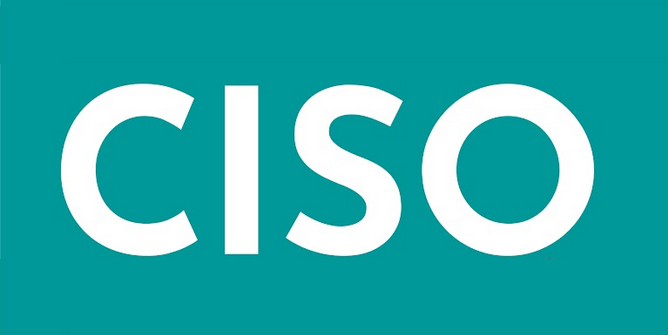Running cybersecurity without a Chief Information Security Officer (CISO) is possible, especially in smaller organizations or startups, but it introduces risks and challenges that must be addressed. Here's a breakdown of how cybersecurity can function without a CISO, and how to mitigate the gaps their absence may leave.
What Happens Without a CISO?
Without a CISO, no single executive is formally responsible for cybersecurity strategy, governance, or risk oversight. This can lead to:
-
Fragmented security efforts across IT, engineering, legal, compliance, etc.
-
Inconsistent policies and procedures.
-
Lack of strategic direction on security investments.
-
No dedicated ownership of cyber risk at the executive level.
Viable Alternatives to a CISO
In organizations without a CISO, responsibilities can be distributed among the following:
| Role | Security Responsibilities |
|---|---|
| CTO / CIO | Oversees security from a tech or infrastructure standpoint; may own security by default. |
| IT Manager / Director | Handles day-to-day operational security (firewalls, patching, backups). |
| Security Engineer / Analyst | Focuses on technical controls, incident response, and threat detection. |
| Compliance / Risk Officer | Manages regulatory compliance (e.g., GDPR, HIPAA) and risk registers. |
| DevOps / DevSecOps | Embeds security into CI/CD pipelines and infrastructure. |
How to Build an Effective Cybersecurity Program Without a CISO
-
Assign Clear Ownership
-
Designate someone (e.g. CTO, IT Director) as the de facto security lead.
-
Ensure they report regularly to leadership on cyber risks and posture.
-
-
Establish Governance
-
Form a Security Steering Committee with cross-functional representation.
-
Define decision rights, reporting cadence, and risk tolerance thresholds.
-
-
Document Policies
-
Maintain up-to-date security policies and procedures (access control, incident response, etc.).
-
Use external frameworks like NIST CSF or CIS Controls to guide development.
-
-
Outsource Strategically
-
Partner with vCISO providers or MSSPs (Managed Security Service Providers).
-
Outsource security assessments, monitoring, and compliance if needed.
-
-
Invest in Training
-
Provide ongoing cybersecurity awareness training to all staff.
-
Train technical staff on secure coding, cloud security, and threat hunting.
-
-
Monitor and Improve
-
Implement KPIs: number of incidents, patching timelines, phishing test results, etc.
-
Conduct regular audits, risk assessments, and tabletop exercises.
-
When to Hire a CISO
You should strongly consider hiring a full-time CISO when:
-
Cyber risk becomes a board-level concern.
-
You're managing complex environments (cloud, IoT, remote work, etc.).
-
You're in a heavily regulated industry (finance, healthcare).
-
You’ve had a major incident or near miss.
-
You’re seeking ISO 27001, SOC 2, or other security certifications.
Summary
| With CISO | Without CISO |
|---|---|
| Centralized leadership | Distributed responsibilities |
| Strategic alignment | Tactical execution |
| C-level accountability | Possible gaps in governance |
| Long-term roadmap | Shorter-term focus |
A company can run cybersecurity without a CISO, but it requires clear ownership, strong governance, and smart outsourcing to avoid risk blind spots.
Phelix Oluoch
Founder
PhelixCyber

